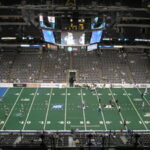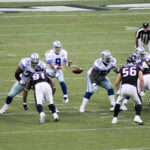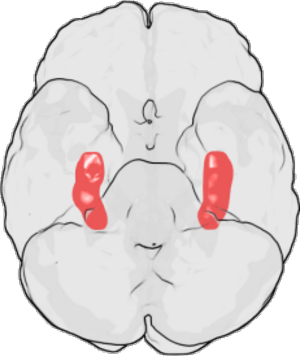This has been the most difficult time I have ever had ranking the quarterbacks available for the NFL draft. Since the draft is all about numbers, despite those who protest otherwise, for the first time I applied a simple statistical model to help me rank them.
The numbers that drive the draft are probability of success and probability of failure. To illustrate how workout numbers come into play, a wide receiver who gets deep and makes big plays on film who runs a 4.35 forty has a higher probability of being able to transfer those skills to the NFL than a wide receiver who gets deep and makes plays on film who runs a 4.60 forty.
Another example is a cornerback who shows good man-to-man cover skills on film, is 5’10”, but has a 42″ vertical, has a higher probably of being able to cover tall NFL receivers than a cornerback who shows good man-to-man cover skills on film, is 5’10” and has a 33″ vertical (for this comparison assume speed and quickness are the same).
What makes this quarterback class difficult to rank is how diverse the risk/reward is on the top players. For example, I consider the potential to be a top tier quarterback for Mallet, Newton and even Kaepernick, higher than Gabbert. However, there is much less risk associated with drafting Gabbert than any of those three players.
So my first step was to create a grid of quarterbacks versus what I feel their probability is for varying levels of achievement. Below are my personal beliefs (at this time, the draft process for me is very fluid as I obtain more and more information):
ANDREW DALTON
star = 10%
solid starter = 20%
average starter = 30%
quality back-up = 20%
fail = 20%
DEVLIN, PATRICK
star = 0%
solid starter = 20%
average starter = 30%
quality back-up = 25%
fail = 25%
GABBERT, BLAINE
star = 20%
solid starter = 40%
average starter = 20%
quality back-up = 10%
fail = 10%
KAEPERNICK, COLIN
star = 30%
solid starter = 25%
average starter = 15%
quality back-up = 15%
fail = 15%
LOCKER, JACOB
star = 20%
solid starter = 25%
average starter = 25%
quality back-up = 25%
fail = 5%
MALLETT, RYAN
star = 50%
solid starter = 10%
average starter = 0%
quality back-up = 0%
fail = 40%
MCELROY, GREGORY
star = 0%
solid starter = 25%
average starter = 25%
quality back-up = 25%
fail = 25%
NEWTON, CAMERON
star = 30%
solid starter = 30%
average starter = 10%
quality back-up = 10%
fail = 20%
PONDER, CHRISTIAN
star = 15%
solid starter = 45%
average starter = 15%
quality back-up = 15%
fail = 10%
PORTIS, JOSHUA
star = 1 0%
solid starter = 25%
average starter = 15%
quality back-up = 25%
fail = 25%
STANZI, RICHARD
star = 10%
solid starter = 25%
average starter = 25%
quality back-up = 25%
fail = 15%
Now, after coming with these numbers, I needed to develop a weighting system. What I decided on was a point system.
star = 125 points
solid starter = 90 points
average starter = 50 points
quality back-up = 10 points
fail = 0 points
Next I multiplied the percent in each category by the weighted points to come up with total points for each player. Here is how the rankings fell:
1. GABBERT, BLAINE, 72 points
2. MALLETT, RYAN, 71.5 points
3. NEWTON, CAMERON, 70.5 points
4. PONDER, CHRISTIAN, 68.3 points
5. KAEPERNICK, COLIN, 66.5 points
6. LOCKER, JACOB, 62.5 points
7. STANZI, RICHARD, 50 points
8. DALTON, ANDREW 47.5 points
9. PORTIS, JOSHUA, 45 points
10. MCELROY, GREGORY, 37.5 points
11. DEVLIN, PATRICK, 35.5 points
If you would like to view the workout numbers for these players and the rankings, workout numbers and draft value for players at other positions, go to www.900footballlinks.net/draft.htm.




